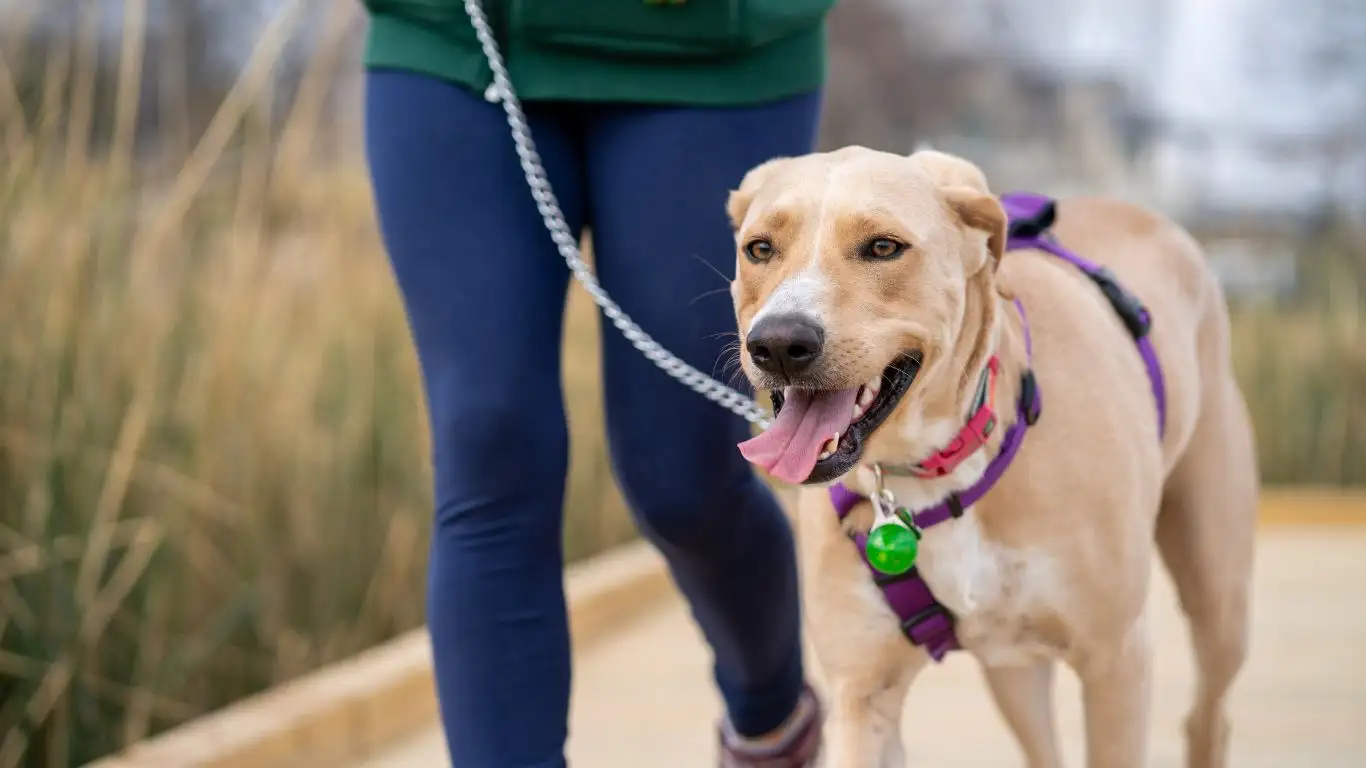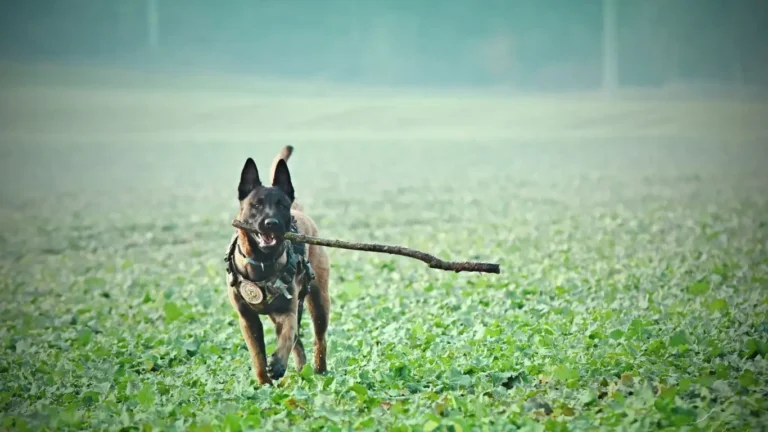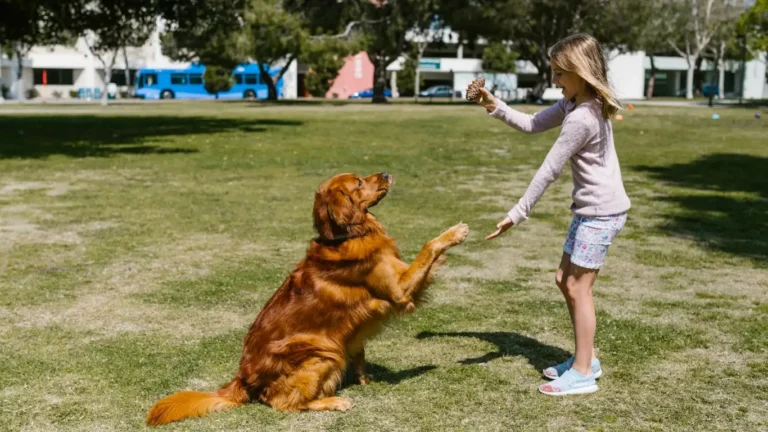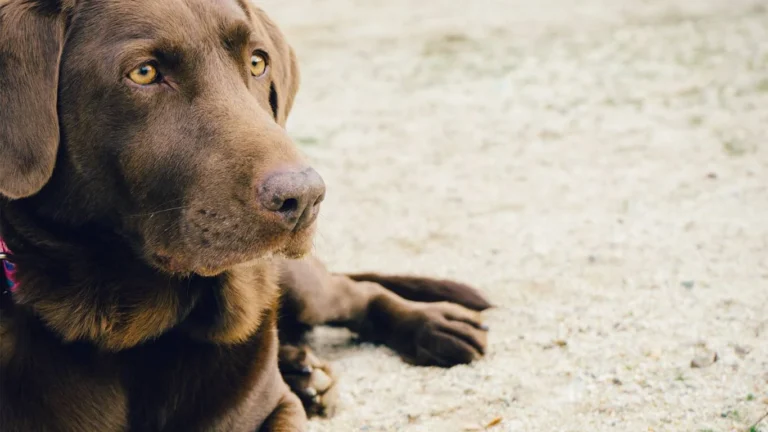How to Train a Dog to Walk Off-Leash Safely: Simple, Effective Methods
When you’re teaching your dog to walk off-leash safely, it can feel like you’re both embarking on a journey of trust. I’ve been there—working with dogs and their owners for years as a Canine-Assisted Therapy Trainer, and I can tell you, it’s one of the most rewarding parts of training. Not only does it strengthen the bond between you and your furry companion, but it also gives them a sense of freedom, allowing them to explore the world around them without the constant tug of a leash. But, let’s face it: it doesn’t happen overnight! It requires patience, consistency, and, most importantly, a solid foundation of training. So, how exactly do you train a dog to walk off-leash safely? Let’s dive into the first steps of the process, where it all begins.
Understanding the Basics of Off-Leash Training
The first thing to keep in mind is that teaching a dog to walk off-leash safely isn’t a skill that happens in one quick session. It’s all about laying the groundwork. Before you even think about heading outside, you need to ensure your dog has a solid grasp of basic commands like “sit,” “stay,” “come,” and “heel.” These fundamental commands are your safety net when you’re working off-leash. Without them, you’re setting yourself (and your dog) up for frustration and potential accidents.
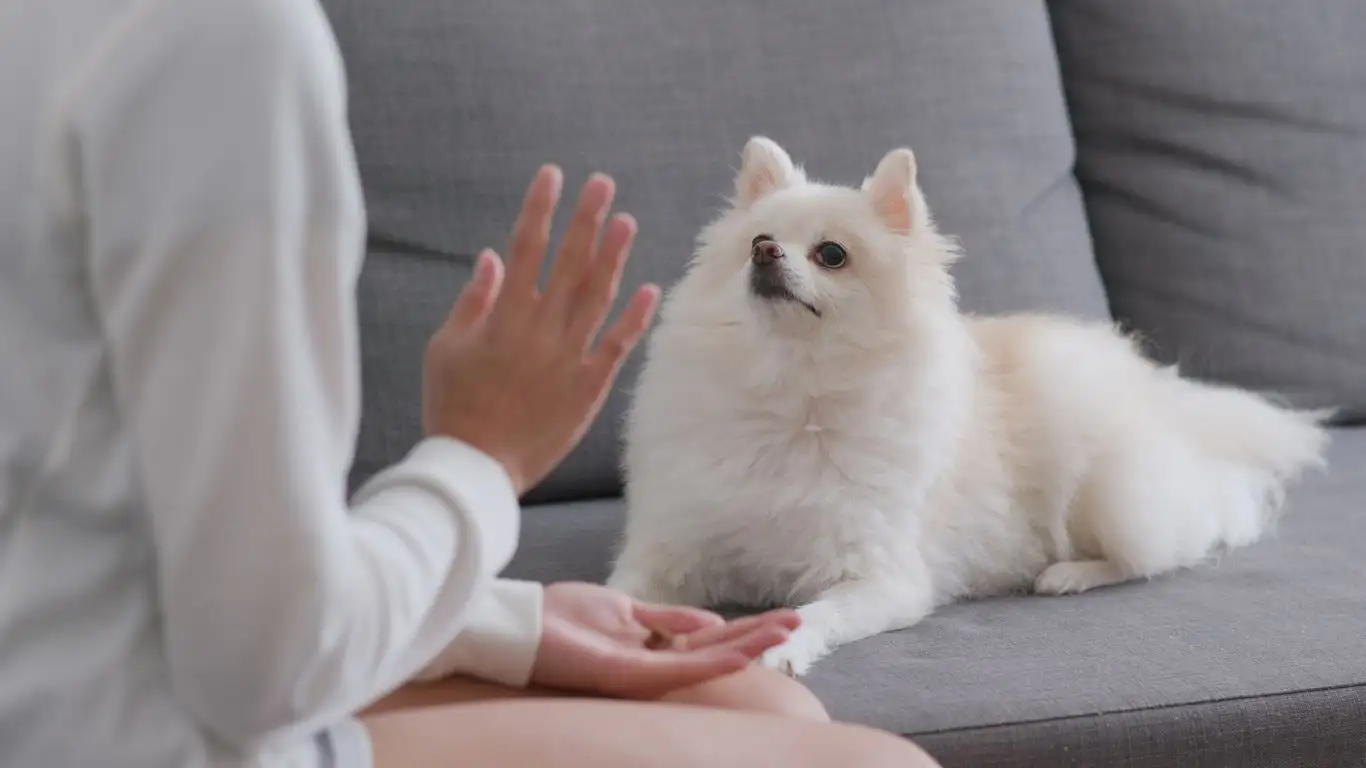
Take the time to master these skills indoors and in low-distraction environments before venturing out into the great outdoors. And don’t rush it. Training should always be about positive reinforcement—making sure your dog feels encouraged and confident in their learning. When you start your off-leash training, be sure you’re both in a place where you can focus and have minimal distractions. This is key. So, step one? Get those basic commands solidified, and make sure your dog loves responding to them!
The Importance of Recall: Getting Your Dog to Come Back
One of the most important skills you’ll need when training your dog to walk off-leash safely is recall. If you’ve ever found yourself chasing your dog around the yard or park, you know that a reliable recall can be a total game-changer. In simple terms, recall is teaching your dog to come back to you when called, no matter what. Sounds easy, right? But here’s the catch: you need to build your dog’s recall in a way that ensures they’ll always come back, even if they’re distracted by an exciting squirrel or another dog.
- Start slow: Practice recall in a quiet, enclosed area with minimal distractions. This helps your dog focus on you.
- Use a high-value reward: Find a treat or toy that your dog absolutely loves. You want them to think, “Wow, this is so worth it!”
- Don’t punish: Never punish your dog for not coming when called, even if you’re frustrated. This could make them afraid of coming back to you in the future.
One thing I’ve found that really helps is pairing recall with play. It turns training into something fun and rewarding, not a chore. When your dog comes to you, celebrate it with enthusiastic praise or playtime with their favorite toy. The more positive the experience, the stronger their response will be.
Creating a Safe Environment for Off-Leash Training
Before you set off for an off-leash walk in the park or nature trail, it’s important to make sure you’re in a safe, controlled environment where your dog can roam without the risk of getting into dangerous situations. This is especially important in the early stages of off-leash training when your dog might not yet have perfect recall. I always recommend starting with a fenced-in area where you can let your dog explore without worrying about traffic, other animals, or losing control.
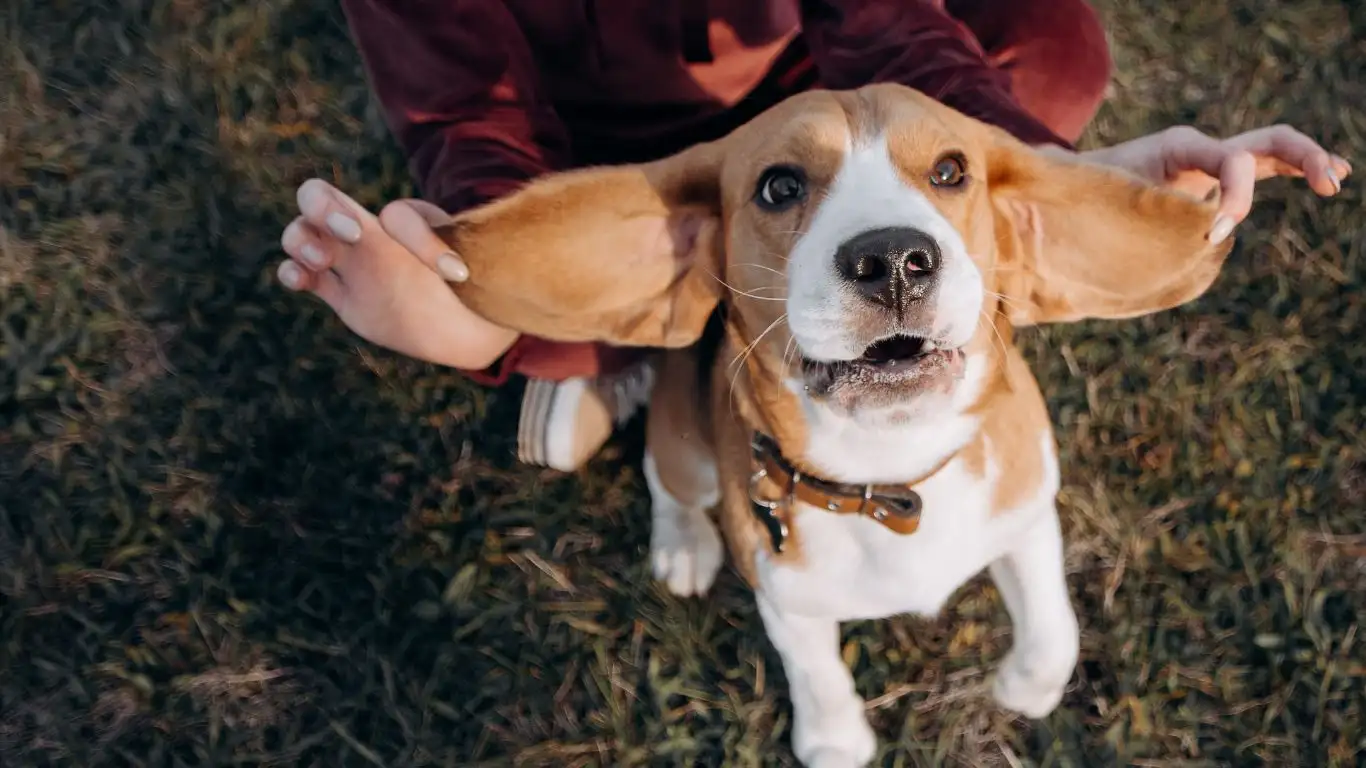
Here are a few key things to keep in mind when choosing a location:
- Fencing: A secure, high fence is ideal, especially if your dog is still learning recall. It prevents your dog from running off if they get distracted.
- Distraction-Free Zone: Try to pick a place with minimal distractions like other dogs or people. This helps your dog focus on you and the training at hand.
- Safe Surroundings: Look for areas that don’t have hazards like sharp objects, poisonous plants, or busy roads nearby. You want a place where you can focus on your dog without worrying about their safety.
Starting in a safe space like this allows both you and your dog to gain confidence. And as your dog becomes more reliable with commands and recall, you can gradually move on to larger, more open areas.
Using Positive Reinforcement to Encourage Good Behavior
One of the most important aspects of training a dog is using positive reinforcement. Think of it as building a bridge of trust between you and your dog. You want to reward the behaviors you like and ignore or redirect the ones you don’t. This makes the process fun and motivating for your dog, which in turn makes it more likely that they’ll want to keep learning and performing well.
- Rewards: Always have treats or toys ready to go when your dog performs the desired behavior. Keep it exciting!
- Consistency: The more consistently you reward good behavior, the faster your dog will learn what’s expected.
- Timing: Timing is key—reward your dog immediately after they perform the behavior you’re teaching. This helps them associate the action with the reward.
In my experience, dogs respond much better to training when it feels like a game instead of a chore. You can even use their favorite toy or a game of fetch as a reward to keep them engaged. The goal is to make the training process feel like a fun and interactive experience for both of you!
Next Steps: Building on Basic Training
Once your dog is comfortable with basic commands and is showing good recall in a controlled environment, you’re ready to start adding a bit more challenge. Next, you’ll gradually introduce new elements into the training, like different locations and outdoor distractions, to further solidify their off-leash skills. But remember—patience is key. It’s all about taking small steps forward, celebrating every win, and adjusting your approach based on your dog’s individual progress.

Gradually Introducing Distractions to Off-Leash Training
Now that you’ve built a solid foundation, it’s time to introduce more distractions into your dog’s off-leash training. This is where things get real fun—yet also a bit challenging. Think about it: your dog can recall perfectly when it’s just the two of you in the backyard, but how will they react when a new dog trots by or a skateboarder zooms past? This phase is all about testing the waters and seeing how your dog handles real-world distractions. In my experience, this step is crucial for their development and your peace of mind.

Start by increasing the level of distraction gradually. First, practice in a quiet park where there might be a few people, and work your dog’s recall and other commands. Over time, introduce more exciting distractions, like a frisbee toss or a jogger running past. The goal here is to get your dog used to the idea that no matter what, they should listen to you and return when called. It’s important not to rush this process. If your dog starts getting too distracted, take a step back and practice in an even quieter setting again. It’s all about finding the balance between challenge and success.
Positive Reinforcement: Using High-Value Rewards in Distractions
When you start introducing distractions, your dog’s motivation might dip, especially if they’re a bit of a “free spirit” like some of the dogs I’ve worked with. This is where high-value rewards come into play. I’ve found that if you really want to keep their focus, you need to use something that *wow*’s them. You know the treat or toy that makes your dog’s tail wag uncontrollably? That’s the one! Use it generously during these more distracting sessions.
- Know what your dog loves: Not all treats or toys are equal! What works for one dog might not be as motivating for another. Experiment with different rewards until you find what gets your dog excited.
- Vary the rewards: Sometimes, use a treat; other times, go for a quick game of tug or fetch. Mixing it up keeps your dog engaged and excited.
- Reward often: In these early stages with distractions, reward your dog even for small successes—like keeping their attention on you during a passerby’s approach.
The key takeaway here is that positive reinforcement helps create the bond of trust between you and your dog, making them feel motivated to repeat the desired behaviors even with distractions around.
Expanding the Training Area: From Backyard to the Open Field
Once you’ve got a good handle on distractions and your dog’s recall is solid in quieter areas, it’s time to move the training to a more challenging setting. This could mean heading from the backyard to a larger, more open field. I love to take my dogs to places like open fields or quiet trails once they’re ready to handle it because there’s just so much room for them to roam and explore. But this step also comes with its own set of challenges!
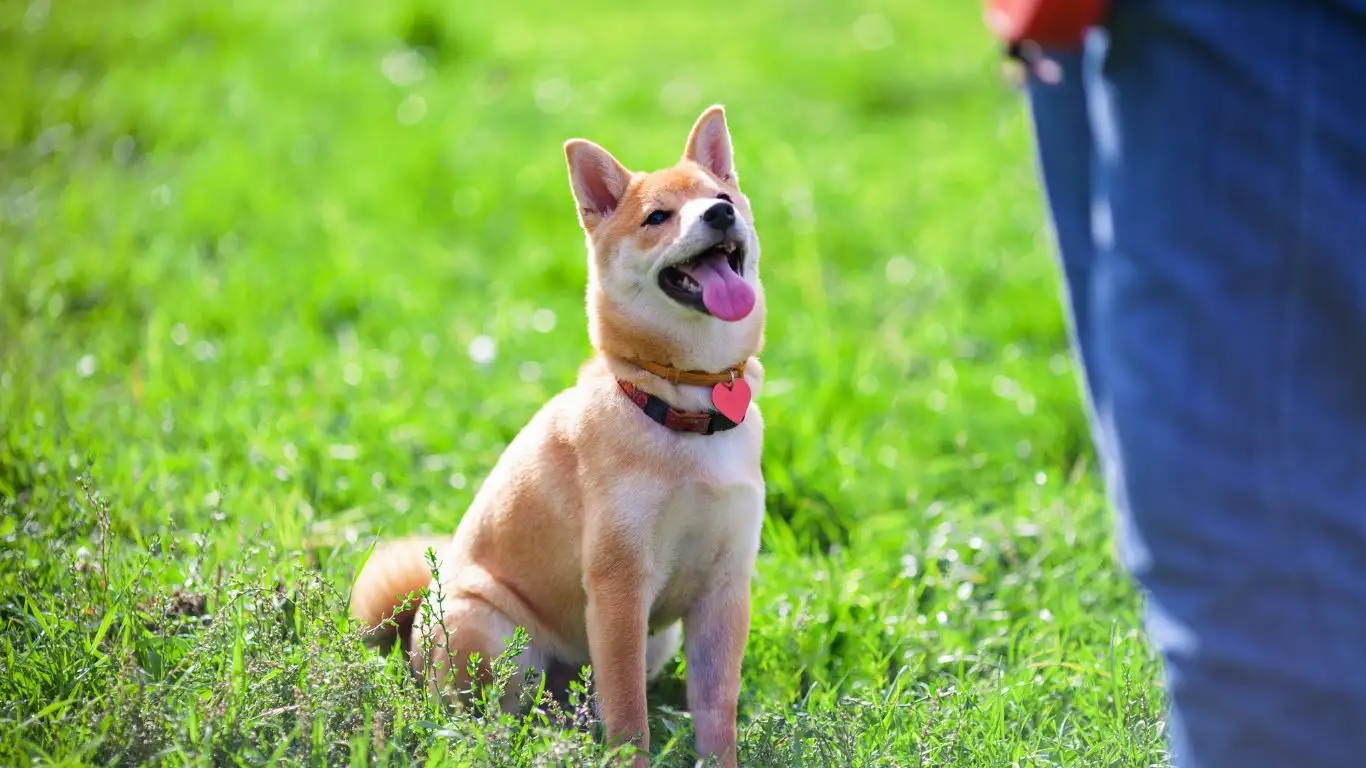
The first time I let one of my dogs, Lily, off-leash in an open field, I was nervous. But it went smoothly because we had built up to this stage step-by-step. She was familiar with the recall, had learned to focus even with distractions, and felt secure with me in a familiar, safe area. As we moved to larger areas, I noticed how she loved the freedom to run but still kept her focus on me.
Safety Precautions When Moving to Larger Spaces
Expanding the training area is exciting for both you and your dog, but safety always comes first. In wide open spaces, there are new risks—wildlife, traffic, other people, and even dogs. I always recommend starting in a location that’s fenced in but large enough to give your dog room to roam. As you continue the training, be mindful of your dog’s safety and the environment around you.
- Always have a plan: Before you head out, make sure you have an exit strategy if things don’t go as planned. If your dog isn’t ready for full freedom yet, keep a long leash on them so you can reel them in if necessary.
- Choose a safe location: Look for a dog park, enclosed trail, or other controlled spaces where you can relax and focus on the training without worrying about potential hazards.
- Keep an eye on the environment: Pay attention to wildlife or other animals that may trigger your dog’s instincts. It’s important to know your dog’s temperament and make sure the environment is safe.
Remember that when you transition to larger areas, you’re essentially testing your dog’s ability to make independent choices and still return to you on command. That’s a big milestone in off-leash training!
Dealing with Setbacks: What to Do If Your Dog Strays
Okay, let’s be real for a moment. Even the best-trained dogs can have a slip-up or two. Your dog might get distracted by a scent, spot another dog, or just decide they want to explore a little too far. The first time this happens, it can be a bit nerve-wracking, especially if you’re out in a wide-open space. But don’t stress—this is part of the learning process.

What I’ve found helpful is staying calm and redirecting your dog’s attention back to you. Instead of chasing them down or raising your voice, try calling them in a friendly, upbeat tone. Dogs respond well to positive energy. If they come back to you, give them lots of praise and their favorite treat. If they don’t, gently guide them back to the area using a leash or long line, and repeat the training steps. Remember, consistency is key!
Gradually Reducing Dependence on the Leash
In the early stages, it’s wise to keep a long leash or training line attached to your dog just in case you need to reel them in. Over time, as their recall improves, you can start reducing reliance on the leash. But even when you’re able to let go of the leash, always remain vigilant and aware of your dog’s behavior. The goal is for them to have the freedom to explore, but also to know when to return to you without being told.
Don’t be discouraged by setbacks. Off-leash training is a gradual process, and a little hiccup here and there is totally normal. With patience, practice, and positive reinforcement, your dog will get there.
Maintaining Consistency and Focus During Off-Leash Walks
At this stage in your off-leash training journey, you and your dog have made some incredible progress. They can walk off-leash with solid recall, they’re handling distractions well, and they’re responding to your cues. But here’s the thing: consistency is still key. Just because your dog has become comfortable with off-leash walking doesn’t mean you can let your guard down. It’s all about reinforcing what they’ve learned so far and ensuring they maintain focus when you’re out on walks.
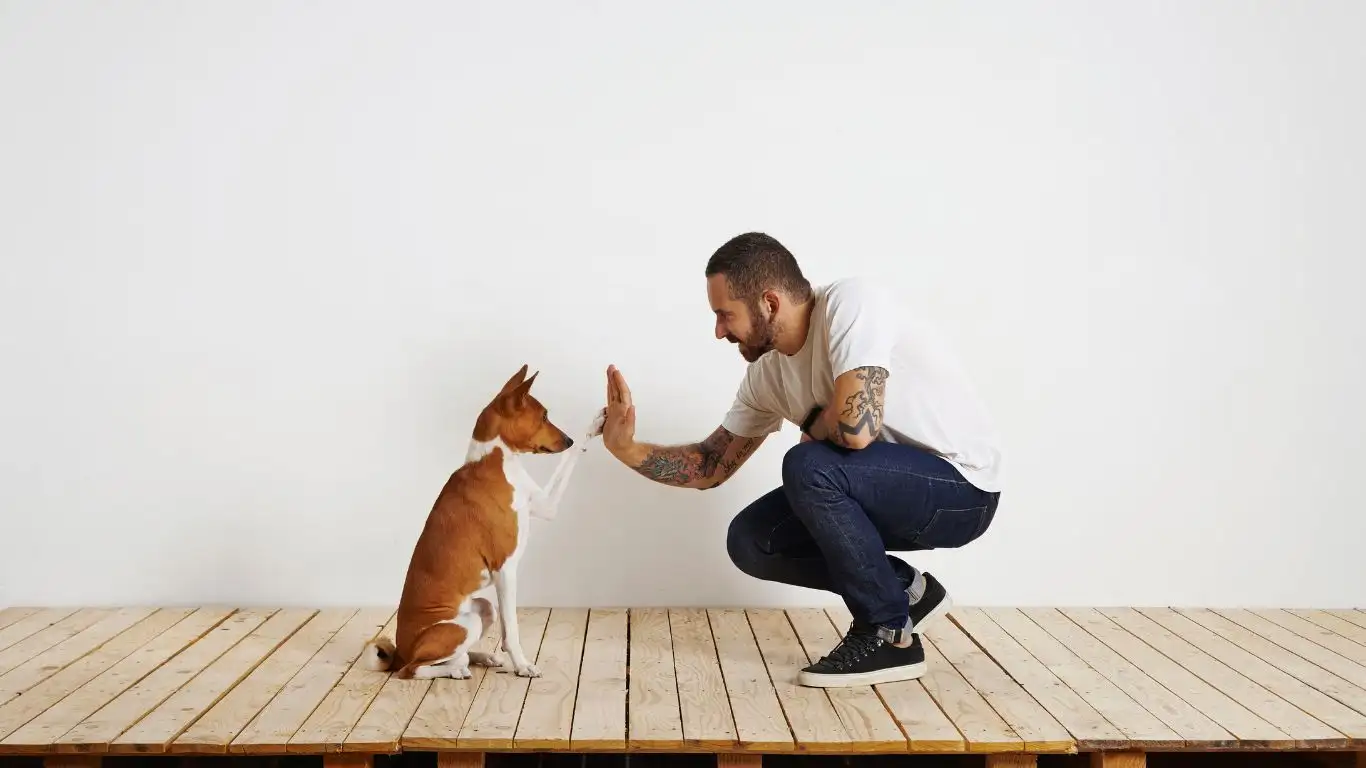
In my experience, I’ve found that regular practice in various environments is crucial to maintaining their off-leash skills. Every new outing, whether it’s a different park, a hiking trail, or just a stroll through a busy street, presents new challenges for both you and your dog. By practicing in different environments, you’re helping your dog generalize the behavior of listening to you even when things are new or unexpected. It keeps the training fresh and helps reinforce their responsiveness, no matter where you go.
Dealing with New Distractions: Real-Life Scenarios
No matter how much training you’ve done, life will always throw new distractions your way. This is especially true when you move into more dynamic environments. Dogs are naturally curious, and if they see something exciting—like another dog, a cyclist, or a squirrel—they might get distracted and wander. The trick here is to stay calm, be prepared, and react quickly.
- Stay calm: Your dog will pick up on your energy. If you get anxious or frustrated, it might make them anxious too. Keep a calm tone and body language to keep the situation under control.
- Use your recall command: As soon as you see your dog getting distracted, give them the recall command. Stay firm but positive in your tone to grab their attention.
- Reinforce with rewards: If your dog responds to the recall and comes back to you despite the distraction, reward them generously. This reinforces the idea that listening to you leads to something great!
In my own training sessions, I always emphasize that consistency is not about perfection; it’s about reacting correctly when things don’t go according to plan. It’s inevitable—your dog might get distracted or even make a mistake. Don’t punish them; instead, guide them back on track with calm reassurance and positive reinforcement. Over time, these situations become less frequent as your dog learns to focus on you no matter what’s happening around them.
Advanced Off-Leash Training: Taking It to the Next Level
Once your dog has mastered the basics of off-leash walking and has been consistent with recall and focus, it’s time to level up! This part of the training is about adding more complexity and reliability. The advanced stages involve testing your dog’s abilities in different environments, with more challenging distractions, and even off-leash obedience during activities like running or cycling. I’ve worked with dogs that have made amazing progress through this stage, and trust me, it’s incredibly satisfying to see them thrive.

One thing I love to do with dogs who are ready for the next level is teach them to walk beside me as I cycle. This is an awesome way to give them some off-leash exercise while still keeping them under control. When I work on this with a dog, I make sure they’re already solid with recall, focus, and basic commands. It’s important to start slow, with plenty of breaks and rewards, and only progress to more speed once your dog shows they’re comfortable keeping pace and listening to commands.
Tips for Off-Leash Training in More Challenging Environments
As your dog becomes more reliable off-leash, you can begin exposing them to even more difficult training environments. Here are some tips that can help you maintain control and ensure your dog stays focused in more challenging situations:
- Practice with a long line: For added security in busy or unpredictable areas, keep a long training leash attached. This gives you a bit more control while still allowing your dog to feel like they’re walking off-leash.
- Incorporate distractions: Involve other people, dogs, or even cars. These elements make the training more realistic and help your dog get used to responding to commands in a busy setting.
- Use ‘place’ command: A great advanced command to teach is ‘place,’ where your dog goes to a designated spot and stays there until released. It’s especially helpful when you need them to settle down in public places.
These advanced techniques are designed to ensure your dog remains under control, even when you’re in more complex, dynamic settings. It’s like building an unshakable trust between you and your dog, where they know that no matter what distractions pop up, their attention and response to you are always the priority.
Safety and Responsibility: Key Considerations for Off-Leash Walks
Now, before we wrap up, I want to emphasize the importance of safety during off-leash walks. It’s easy to get caught up in the excitement of seeing your dog run free, but there are some crucial safety considerations to keep in mind to ensure the well-being of both your dog and those around you.
- Know your dog’s limits: Not all dogs are suited for off-leash walks, especially if they have a high prey drive or a tendency to wander. Always consider your dog’s temperament and breed characteristics when deciding to train them off-leash.
- Environment matters: Avoid areas where there are immediate dangers like busy streets, wildlife, or aggressive dogs. Always assess the environment before letting your dog go off-leash.
- Stay aware: Off-leash walks don’t mean you can check out mentally. Stay vigilant and aware of your surroundings at all times to ensure both your dog’s and others’ safety.
In my training sessions, I always stress that while off-leash training is rewarding, it’s also a responsibility. When you let your dog off-leash, you’re not only ensuring they get the freedom to explore but also showing them that their safety and well-being are your top priority.
References
- PawPatron – Your go-to resource for all things dog care and training.
- American Kennel Club (AKC) – Information on dog breeds, training, and behavior.
Disclaimer: Always consult with a professional trainer if you’re uncertain about any aspect of training or your dog’s behavior. Off-leash training may not be suitable for all dogs and should always be approached with caution, particularly in public spaces or with high-distraction environments. The tips shared here are based on my personal experience as a Canine-Assisted Therapy Trainer and are not intended as professional advice.
